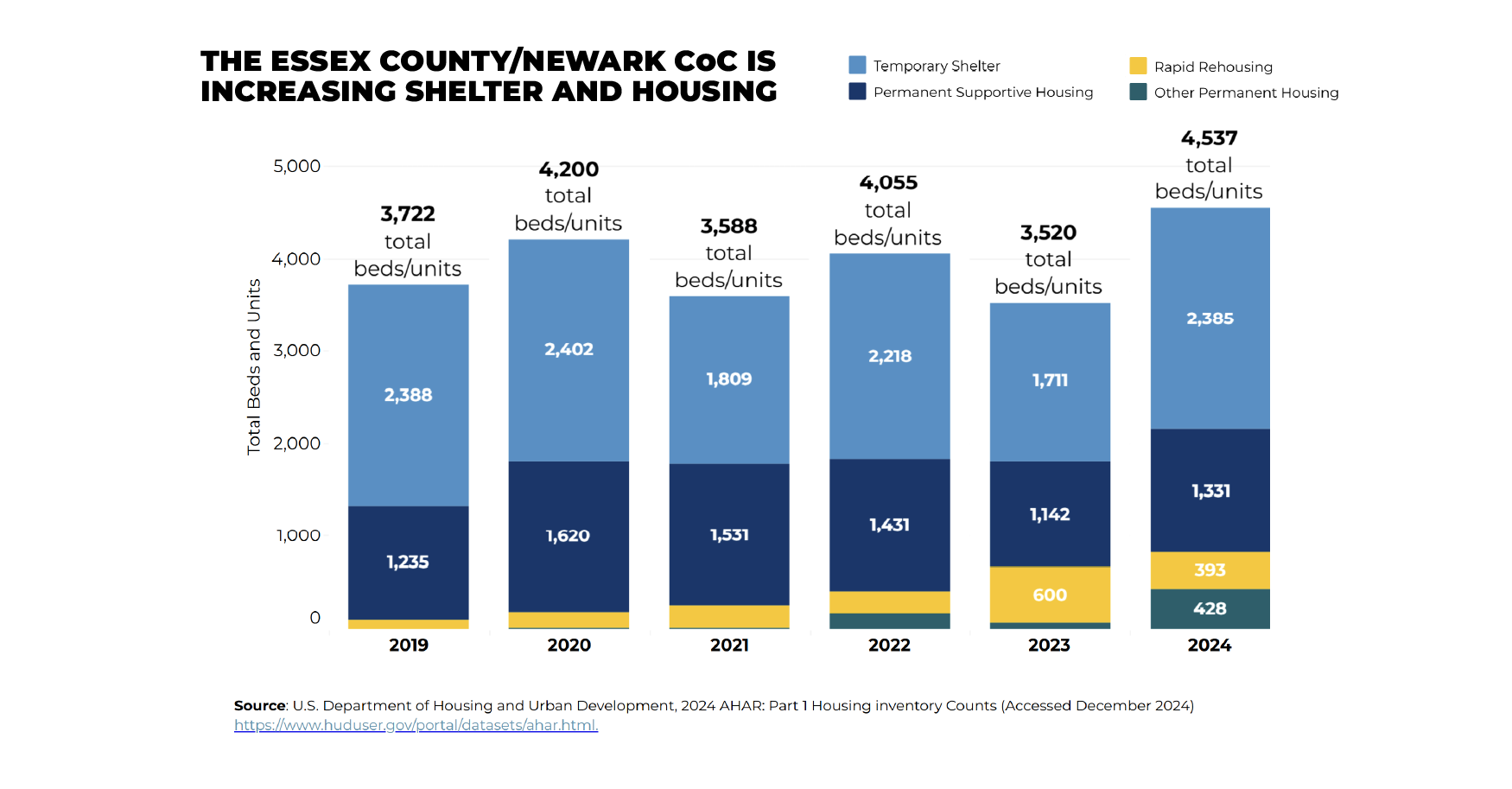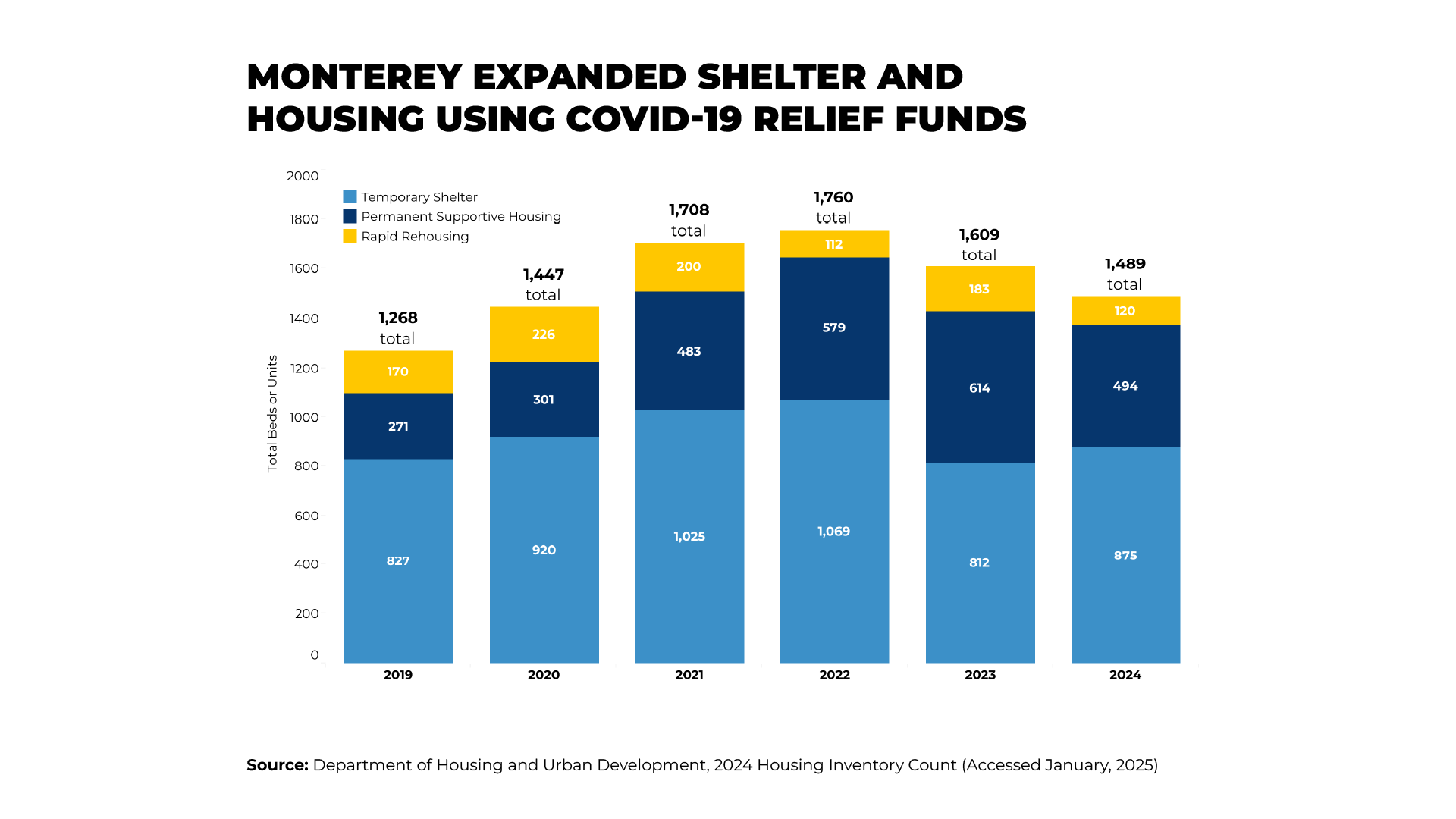A new analysis by the National Alliance to End Homelessness’ Homelessness Research Institute indicates that none of the states most impacted by the climate crisis have sufficient resources to keep everyone safe.
State Data on Family Homelessness
The Alliance analyzed seasonal bed capacity in states with average summer (June, July, August) high temperatures that exceeded 90 degrees Fahrenheit. The Alliance then compared these “hot states” with seasonal bed capacity in corresponding “cold states” – the 11 states that experience the coldest average low-temperature during the winter (December, January, February). While cold states have relatively more beds available for people trying to escape the cold, there are no state response systems with the resources they need to keep everyone safe. In the coldest states, 72.6 percent of people do not have access to a seasonal shelter bed; in the hottest states, this shortage is felt more directly, with 95.6 percent of people lacking access to a seasonal shelter bed.
This shortfall has deadly consequences, as numerous studies demonstrate the increased risk of illness and death due to extreme weather. This risk is higher for people who do not have a safe home and are forced to live outside.
As the climate crisis impacts more states, this analysis makes it clear that that federal, state, and local governments must make investments in the shelter, supportive services, and permanent housing solutions needed to bring vulnerable people indoors during weather emergencies.
Stay Updated: Solutions, Stories, and Ways to Make an Impact
Sign up to receive updates on the Alliance’s work, including the latest research, advocacy efforts, and real stories of progress — plus ways you can help drive lasting change.













